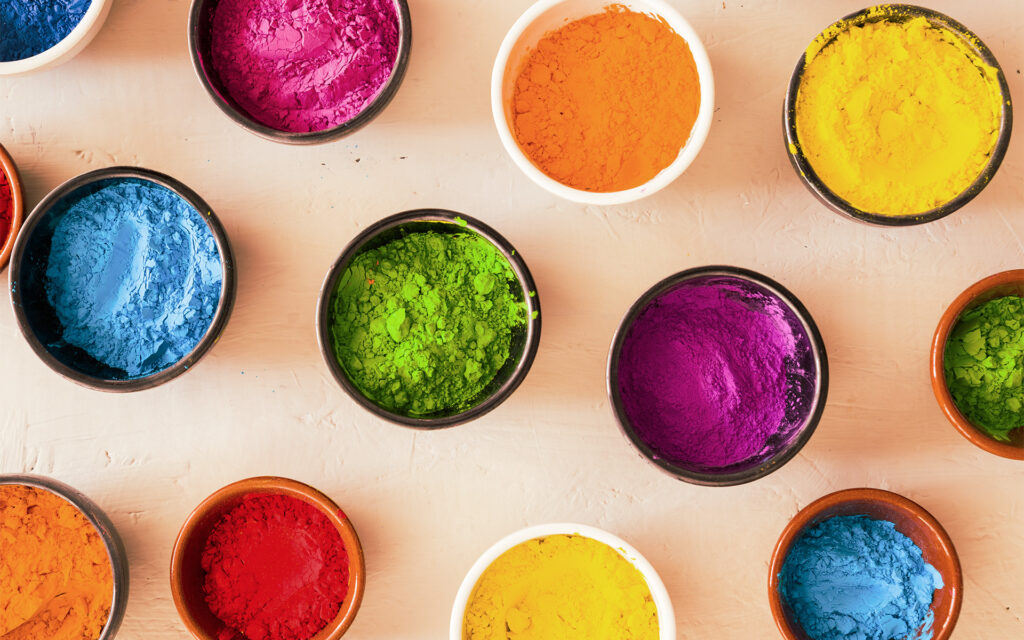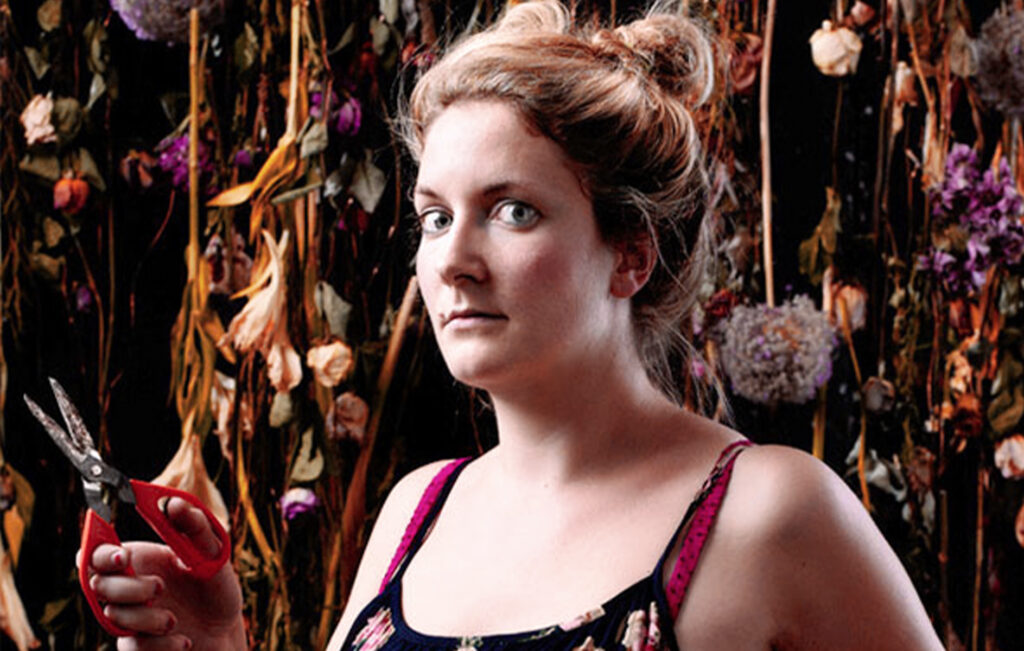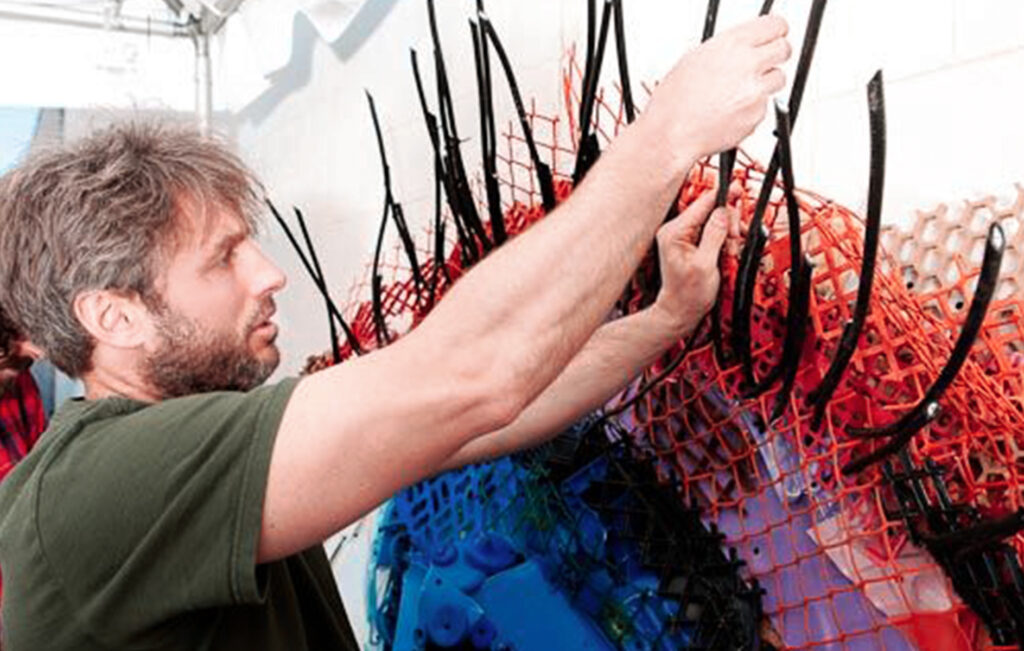Of course, they can! Being a sustainable artist in 2023 is an ethical choice and a way to express creativity while being in harmony with the environment. There are several practices that artists can adopt to reduce the environmental impact of their activity. Let us look at some of them.
Recycling by creating works of art
Recycling in the art world can take many forms. For example, artists can use waste materials to create works of art, such as egg cartons, old newspapers, plastic bottles, cans, etc. In this way, artists reduce the amount of waste in landfills and create unique and original art pieces.
Another interesting sustainable practice is the use of sustainable tempera. Traditional tempera often contains toxic substances, such as lead and cadmium, which can be harmful to human health and the environment. In contrast, sustainable ones are made with natural and biodegradable ingredients, such as flour, milk, eggs, and water. These ingredients are always at your fingertips and can be used to create vibrant and long-lasting colors. Suffice it to say that centuries ago colors were 100% natural and readily available in nature, but not for this reason of poor quality. Many colors of natural origin endure over time.
In addition, artists can also create natural colors using plants, flowers, and other organic materials. For example, turmeric can be used to make a bright yellow, while beetroot can create a deep pink. There are many resources online that explain how to make these natural colors, and artists can experiment and engineer a wide range of unique shades and shades.
Finally, a sustainable alternative to coloring is to use your hands. This method is often used in oil painting and watercolor but can also be used with other techniques. The use of the hands reduces the consumption of brushes and other tools and allows artists to come into direct contact with their work.

Examples of sustainable artists
Many artists are committed to creating works of art in a sustainable and environmentally friendly way. But who exactly are they?
- Rebecca Louise Law – The British artist is known for her suspended floral installations that use dried flowers and other sustainably harvested plants. Law often collects her raw materials from gardens and public parks.
- Chris Jordan -The American artist is known for his artworks that explore the culture of waste and excessive consumerism. Jordan often uses waste materials such as bottles and plastic bags to create his works.
- Mark Dion, also of American origin, is famous for his installations that explore the relationship between man and nature. Dion frequently uses waste materials in his works, such as reclaimed wood and abandoned objects.
- Aurora Robson, from Canada, typically uses recycled materials, such as bottles and plastic bags, to make her sculptures and installations. She is also known for her commitment to environmental education.
- Tom Deininger, creates works of art using only scrap materials, such as old toys, pieces of wood, and other found objects. He is known for his large-format works and ability to create detailed images using common objects.
- Marina DeBris makes works of art from waste materials to raise awareness about the pollution of oceans and beaches.


In conclusion, sustainable art is a movement gaining more and more ground in the contemporary art scene, but it also has deep roots in art history. Artworks that use sustainable materials and processes not only reduce environmental impact but can also inspire reflection and action on sustainability issues. Some artists use nature as material for their works, thus creating an even more intimate relationship between art and the environment. However, sustainable art is not only about materials and processes but also about the values and ideologies that underlie artistic creation. In this sense, sustainable art is not just a practice, but a philosophy that encourages social responsibility and care for the environment. We hope that sustainable art will continue to grow and inspire more artists and viewers to adopt a more sustainable and environmentally friendly lifestyle.





